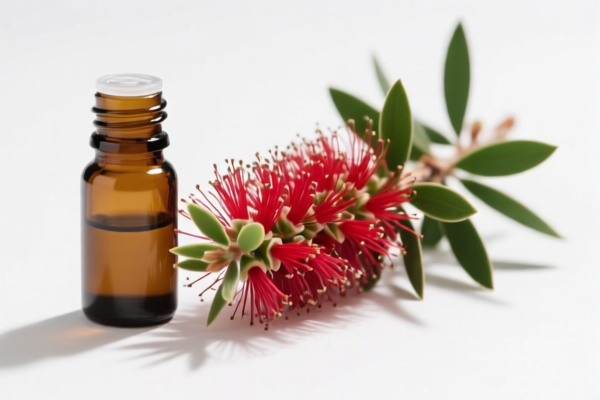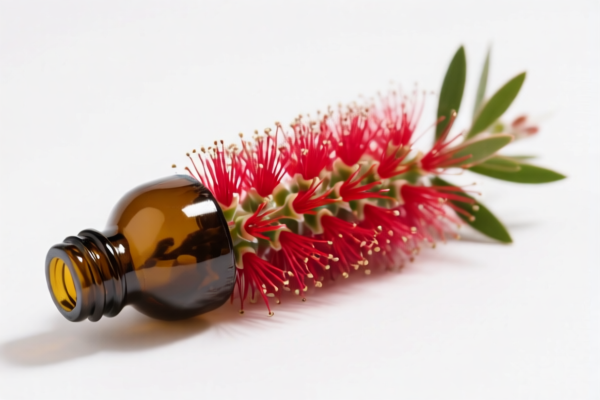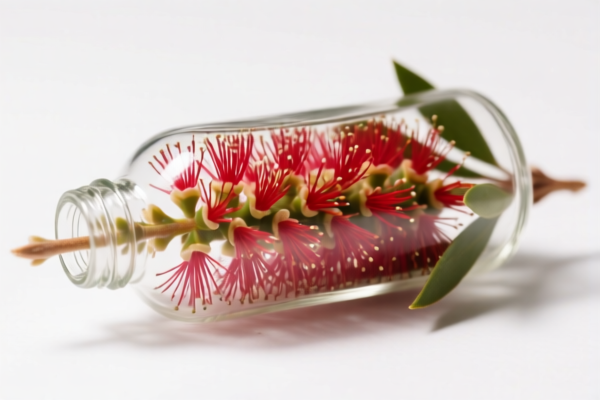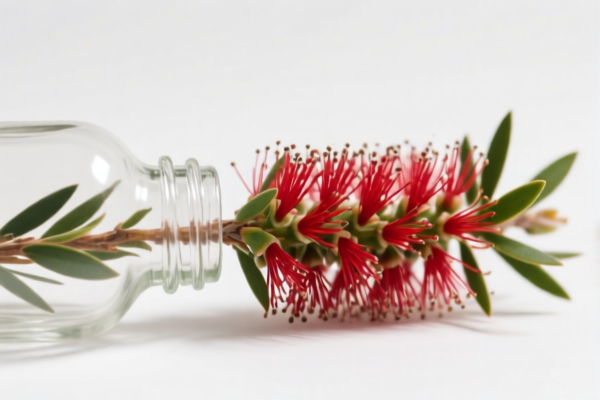| HS Code | Official Doc | Tariff Rate | Origin | Destination | Effective Date |
|---|---|---|---|---|---|
| 9603210000 | Doc | 37.5% | CN | US | 2025-05-12 |
| 9603908050 | Doc | 65.3% | CN | US | 2025-05-12 |
| 3924104000 | Doc | 33.4% | CN | US | 2025-05-12 |
| 3924905650 | Doc | 40.9% | CN | US | 2025-05-12 |
| 3926901600 | Doc | 40.6% | CN | US | 2025-05-12 |
| 3926909910 | Doc | 42.8% | CN | US | 2025-05-12 |




Bottle Brushes
Bottle brushes are specialized cleaning tools consisting of a handle and a tuft of bristles, typically used to clean the insides of bottles, flasks, and other narrow-necked containers.
Material
- Bristles: Commonly made from nylon, polypropylene, or natural fibers like hog bristle. Nylon is favored for its durability, resistance to chemicals, and ability to maintain shape. Polypropylene is heat-resistant and suitable for use with hot liquids.
- Handle: Usually constructed from plastic (polypropylene, polyethylene) or sometimes wood or metal. Handles are designed for grip and often feature ergonomic shapes.
- Wire Core: Many bottle brushes incorporate a stainless steel wire core within the handle and extending through the bristles. This provides rigidity, allowing the brush to reach into corners and maintain its shape during scrubbing.
Purpose
The primary purpose of a bottle brush is to remove residue, buildup, and contaminants from hard-to-reach areas inside containers that are difficult to clean with sponges or cloths.
Function
Bottle brushes function through a combination of mechanical action and the properties of the bristles. The bristles loosen debris while the user manipulates the brush to scrub the interior surface. The flexibility of the bristles and the rigidity of the handle allow for effective cleaning of various shapes and sizes of containers.
Usage Scenarios
- Kitchen: Cleaning water bottles, baby bottles, flasks, vases, narrow-necked pitchers, and wine bottles.
- Laboratory: Cleaning glassware, test tubes, and other lab equipment.
- Household: Cleaning decorative bottles, coffee pots, and other containers.
- Food and Beverage Industry: Maintaining hygiene standards in processing and serving equipment.
Common Types
- Standard Bottle Brush: Features a straight handle and cylindrical bristle head. Suitable for general-purpose cleaning.
- Long-Handled Bottle Brush: Designed for taller containers or those with limited access.
- Curved Bottle Brush: The angled neck allows for easier cleaning of bottles with unusual shapes or tight curves.
- Detail Bottle Brush: Smaller brushes with fine bristles for cleaning intricate details or small openings.
- Silicone Bottle Brush: Made entirely of silicone, offering flexibility, heat resistance, and suitability for non-stick surfaces. Often feature a sponge component for thorough cleaning.
- Pop-Up Bottle Brush: Features a retractable bristle head for compact storage.
- Baby Bottle Brush: Specifically designed for baby bottles, often including features like a nipple cleaner and soft bristles.
Bottle brushes fall under the category of brushes used for cleaning. Based on the provided information, the following HS codes are relevant:
- 9603210000: This HS code covers brooms, brushes (including brushes constituting parts of machines, appliances or vehicles), hand-operated mechanical floor sweepers, not motorized, mops and feather dusters; prepared knots and tufts for broom or brush making; paint pads and rollers; squeegees (other than roller squeegees). Specifically, it includes toothbrushes, shaving brushes, hair brushes, nail brushes, eyelash brushes and other toilet brushes for use on the person, including such brushes constituting parts of appliances. The base tariff is 0.0%, with an additional tariff of 7.5%. After April 2, 2025, the additional tariff increases to 30%, resulting in a total tariff of 37.5%.
- 9603908050: This HS code also covers brooms, brushes (including brushes constituting parts of machines, appliances or vehicles), hand-operated mechanical floor sweepers, not motorized, mops and feather dusters; prepared knots and tufts for broom or brush making; paint pads and rollers; squeegees (other than roller squeegees), but categorizes them as "Other". The base tariff is 2.8%, with an additional tariff of 7.5%. After April 2, 2025, the additional tariff increases to 30%. If the brushes are made of steel or aluminum, an additional tariff of 25% applies, resulting in a total tariff of 65.3%.
It is important to determine the material composition of the bottle brushes. If they contain steel or aluminum, the tariff rate will be significantly higher under HS code 9603908050.
Customer Reviews
No reviews yet.